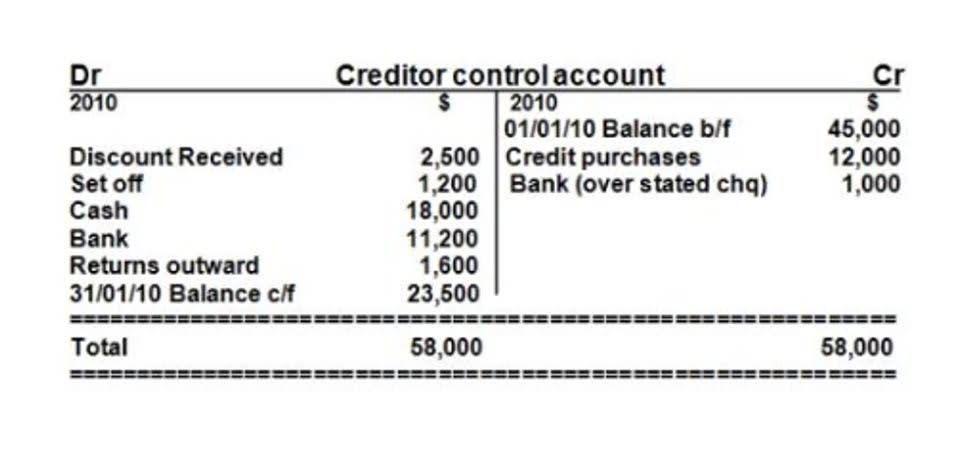
The integration of such advancements not only curtails unnecessary spending but also propels companies towards greater innovation and competitiveness. Data analytics and reporting tools play a crucial role in extracting valuable insights from data and presenting them in a meaningful and actionable format. These tools enable businesses to analyze large datasets, uncover patterns, trends, and anomalies, and make informed decisions based on data-driven insights.
Enterprise Resource Planning systems (ERP)

In today’s fast-paced business environment, companies are constantly seeking cost control ways to streamline their operations and cut costs. One effective strategy that has gained significant traction is the use of technology solutions to automate processes. By leveraging technology, businesses can not only increase efficiency but also reduce expenses, ultimately boosting profitability. Here, we will explore various examples, tips, and case studies that highlight the power of technology in cost control. In today’s highly competitive business landscape, maintaining profitability is essential for the long-term success of any organization.

What are the benefits of effective cost control?
Longer-term savings came from setting up a process to identify and retire redundant and duplicative apps—an App Kill Factory. Another dimension to this highly fixed IT cost structure is the over-reliance on heavily customized packaged solutions. Domestic Japanese organizations have traditionally favoured highly customized package solutions or even custom-built software to tailor to their unique business needs. First, due to the uniqueness of the local market, a large percentage of 3rd party providers are local Japanese companies operating across both software development and ongoing maintenance. This highly localized market concentration likely restricts the flow of global innovative solutions into the local market.
- While the initial setup of on-premises infrastructure requires upfront investment, this approach leads to perpetual savings that compound over time.
- Moreover, opt for operations management courses as they equip professionals with the knowledge and skills to implement cost control strategies effectively.
- Others are realizing significant cost improvement by reengineering technology services to take advantage of opportunities to automate, and to simplify policy and procedure requirements and interpretations within the process itself.
- In manufacturing, cost control focuses on optimizing production processes, reducing material waste, and improving operational efficiency.
- Many companies have already implemented these tactics and are turning to more aggressive actions (e.g., reducing headcount or cutting strategic programs), which can deliver deeper savings but also cut into the organization’s strengths.
- In the realm of financial management, the evolution of cost control mechanisms is pivotal to the sustainability and growth of businesses.
The Shift: From Cost Cutting to Cost Optimization

By establishing financial controls you can ensure budgetary guidelines are followed, this in turn will prevent overspending. Approval processes for expenses, setting spending limits, and implementing monitoring systems to detect any potential financial irregularities, are some of the examples of financial controls. Pricing strategies involve setting competitive prices that balance customer value and profitability. This may include strategies such as value-based pricing, cost-plus pricing, or dynamic pricing. By analyzing market dynamics, customer demand, and cost structures, organizations can optimize pricing to maximize revenue and achieve profitability.

- By understanding your costs and market demand, you can strategically set prices that not only cover your expenses but also generate a healthy profit.
- This is particularly poignant in the Japanese market, where the role of CDO/ CIO, while on the rise, only exists in a small number of organizations.
- Or they could migrate all of their data to one cloud provider and find out that there were long stretches of time where they were only using a fraction of their cloud footprint, yet were paying for the entire thing.
- Investing in straight-through processing, for example, means fewer people touch fewer tasks, and that translates into lower costs.
- Very few organizations can conduct this type of conversation in a language that is more business-outcome-focused.
- Optimizing inventory levels is a continuous process that requires ongoing monitoring, analysis, and adjustment.
- Analyzing role ratios, for example, the number of testers per developer, can sometimes reveal opportunities to rebalance the workforce (see the Bain interactive “A Critical Ratio That Every CIO Should Be Thinking About”).
Most conversations regarding IT cost reduction are still happening Retail Accounting at the IT service layer, for example, license optimization, cloud infrastructure uplift, consolidation of network service contracts etc. Very few organizations can conduct this type of conversation in a language that is more business-outcome-focused. By conducting a thorough cost analysis and implementing targeted cost-saving strategies, businesses can optimize their profitability and maintain a competitive advantage. Remember, cost control is an ongoing process that requires regular monitoring and adjustments to ensure continued success. By understanding the significance of cost control, implementing effective strategies, and fostering a culture of cost consciousness, organizations can optimize their financial performance and build a sustainable future.
Through these applications, AI is not merely a tool for cost tracking but a strategic partner in financial planning. Its predictive prowess enables businesses to stay ahead of the curve, ensuring that they are well-prepared for both expected and unforeseen expenses. As AI technology continues to evolve, its role in cost control is poised to become even more pivotal, offering a competitive edge to those who harness its potential effectively. With increasing focus on environmental sustainability, organizations will integrate green practices into their cost control strategies. This includes reducing energy consumption, optimizing waste management, and implementing sustainable procurement practices, ultimately leading to cost savings and a positive environmental impact. In professional services such as consulting or legal firms, it includes managing overhead expenses, optimizing project management processes, and ensuring efficient resource allocation.

In this competitive landscape, businesses must meticulously manage their expenses to maintain profitability, remain competitive, and achieve strategic goals. The traditional path to AI model fine-tuning includes substantial challenges that have held back many organizations from realizing their AI ambitions. This combination of time, cost, and talent constraints has effectively created a barrier to entry for all but the largest enterprise organizations. Automated accounting software and digital payment platforms have reduced the need for manual intervention, thereby cutting down on labor costs and human error. Moreover, the use of blockchain technology in smart contracts automates and secures transactions, which can significantly lower transaction costs and enhance trust among stakeholders. When entertaining the idea of introducing automation to replace mundane manual tasks, online bookkeeping it is key to consider that automation isn’t a replacement for human intelligence, it is an extension of it.
